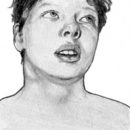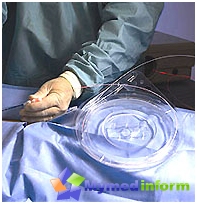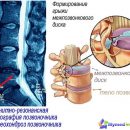The underestimation of the severity of the state of congenital obstruction of the intestines in children is a serious threat to the life of the child. Timely diagnosis, treatment and careful care will help defeat the intestinal obstruction in children.
Content
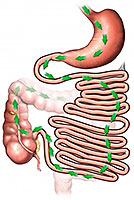
Known,
that the occurrence of congenital intestinal obstruction in children is associated with many factors, most often caused disease
It may be an anatomical obstacle on the way of promoting carts. At
congenital form of illness attacks intestinal obstruction usually manifest
immediately after the birth of the baby, in the case of acquired pathology, the first
Signs may arise in children at any age, and the clinical picture in
both cases depends on the level of intestinal obstruction. Acquired option
Diseases in children can be caused by a kalov stagnation or coprostase in the case of
the slurger or as a result of the blockage of the intestinal lumen with worms
Askaridoz.
Acute
Congenital intestinal obstruction is most often related to pronounced vices
The development of the intestine itself — atresia or stenosis, mesentery anomalies or
other abdominal organs. In addition, the causes of such pathology can
to be:
- incorrectly located vessels of the mesentery;
- Spikes peritoneum;
- tumor or cyst abdominal cavity;
- Romatic shape of the pancreas,
covering a 12-risk intestine; - Violation of the embryonic rotation of the intestine.
Manifestations of intestinal obstruction in children
Congenital intestinal obstruction in children is represented by two variants of the disease:
- High obstruction when an obstacle
Located at the level of the 12-risos; - Low obstruction — Violation of promotion is detected
Calm masses in the distal sections of the thick and small intestine.
Signs
high intestinal obstruction immediately after the birth of a child or through
For several days, stubborn vomiting becomes, and with an admixture of bile. Besides
The absence or delay of the chair and the disappearance of the abdomen after vomiting also
indicate this option of illness.
Delay
Chaul — the most characteristic symptom with low obstruction when vomiting
It does not occur immediately, but joins 2-3 days, accompanied by reinforced
peristaltics and constant bloating. Typical clinical sign
Low congenital intestinal obstruction is considered the absence of meconia, and
Only the introduction of a newborn belly or a gas feed tube contributes to
Restoing lumps of colorless mucus. Abundant vomiting painted by bile,
acquires a mixonial character and has a malware smell. Abdominal wall
Tense, characteristic swelling in the groove region appears on the 2-3rd day.
Diagnosis of the disease is carried out using x-ray research with
The purpose of the review of the entire abdominal cavity and intestines. Differential diagnosis is carried out
With dynamic obstruction or intestinal paresis and Girshprung disease.
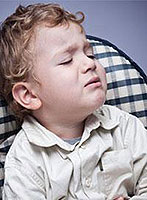
Dynamic
Or paralytic obstruction arises due to the decline
peristaltic intestinal activity, which can be observed with pneumonia, heavy
inflammatory processes, peritonitis, toxic phenomena, especially
Newborn and Breasts. Clinical manifestations of this pathology is not so
clearly pronounced as in acute intestinal obstruction, but it is noted
Owliness of belly and stool delay, weakening peristaltics, vomiting and anxiety
child.
One of
intestinal obstruction options is a mixonal obstruction -
Pretty severe disease, which is associated with congenital cystic and fibrous
Reincarnation of the pancreas, arises due to the blockade of the lower department
The ileum pathologically modified by Mekonia. If there is a complete break
Patency of cartery radiological diagnostics confirms the presence
small block gas bubbles in the intestines, the so-called is detected
«dumb» stomach.
Treatment
Congenital intestinal obstruction — Very difficult task of children's surgery,
High mortality. The forecast for life is very serious and usually
depends on the timeliness of the diagnosis and the start of treatment, rational
preparation and properly conducted surgical operation, do not dump
From account complications of the postoperative period, among which: bacterial and
Callery peritonitis, aspiration pneumonia, adhesive obstruction, suppuration
and the discrepancy of the edges of the postoperative wound.


